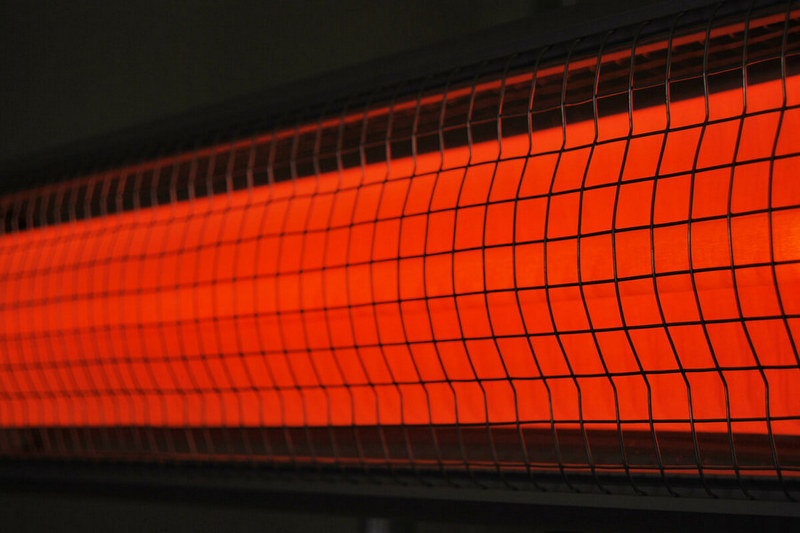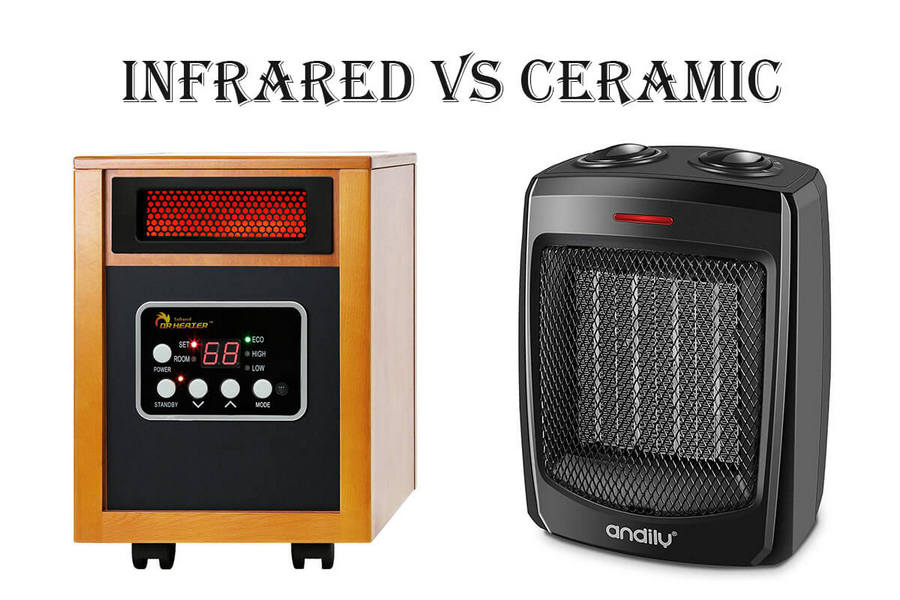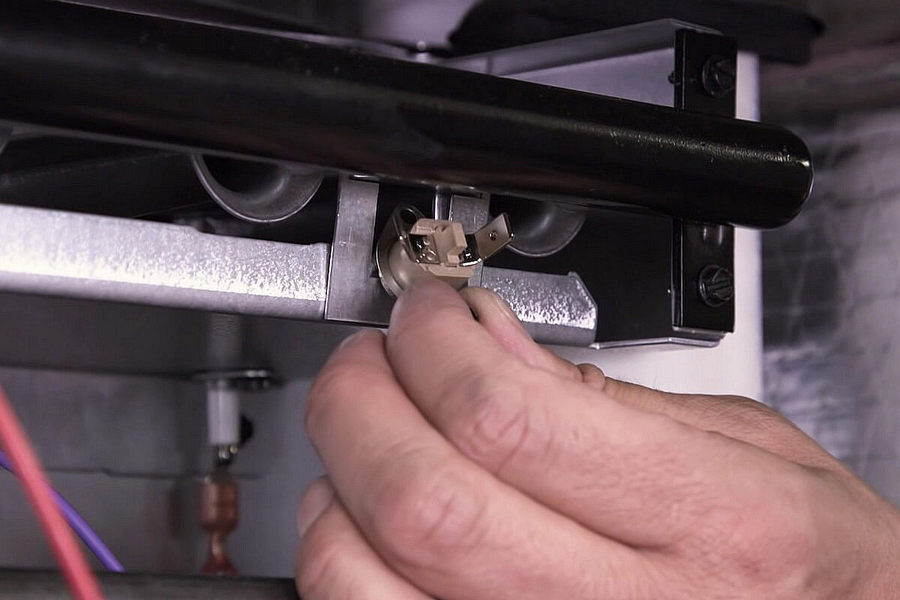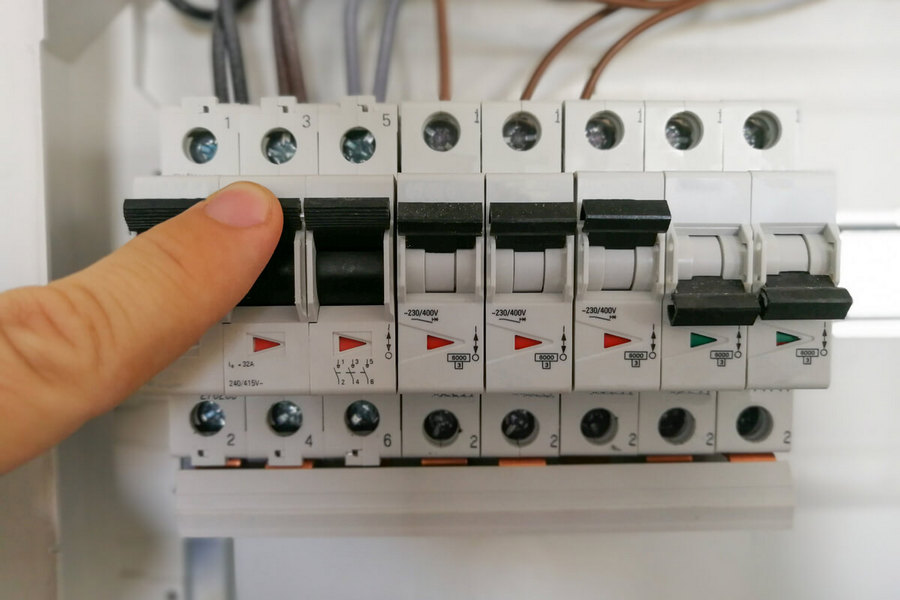Electric resistance heating (ERH) is the most efficient type of heating system. It converts nearly 100% of the incoming electric energy into heat energy. Although it is very efficient, it is not very economical.
The high cost makes it a less popular choice, especially in regions with long winters and sub-zero temperatures. However, there are ways you can bring its costs down and save money in the long run. This article will walk you through the working and types of electric resistance heating. The end features helpful tips on making it more affordable.
What is Electric Resistance Heating?
Electric resistance heating is a type of heating system that uses electric current resistance to make heat energy. Electric heat production occurs when an alternating current passes through a conductive material that doubles as a resistor.
Heat energy produced is as high as the resistance of the material. But using a material with too high resistance may not allow the electric current to pass through at all. The most common electric heating elements are resistance wires, made of nichrome, cupronickel, or kanthal.
ERH system’s efficiency is much more than other combustion appliances. That is because ERH systems successfully convert 100% of the incident electric energy into heat energy. The complete reliance of the apparatus on electricity makes it an expensive option. It may be affordable in areas with few heating days, in which case, the cost doesn’t seem significant.
Different Types of Electric Resistance Heating
There are various types of electric resistance heating based on how they supply air. There is a production of heated air through forced-air electric furnaces or room heaters. Some basic types of ERH are electric baseboard heaters, electric wall heaters, and electric space heaters.
Electric Baseboard Heaters
Baseboard heaters work on the principle of zone heating so that every room can be managed individually by thermostats. Metal heating pipes enclose the electric heating element. The lines run along the baseboard of the heater.
The heater’s base sucks the cool air in the room while warm air rises to warm the room. Their installation is mostly at windows and perimeter walls instead of internal divisions. Since the chance of heat loss at perimeter walls is low, there is a surety of minimum loss.
Related: 5 Methods How to Turn Off Baseboard Heater
Electric Wall Heaters
Electric wall heaters are another type of ERH in which the electric heating element’s placement is in front of a reflector. The reflector reflects the heat into the room. A fan also accompanies wall heaters to help move the air across the heating element. They also come with a thermostat for customization of temperature. Their installation is usually on interior walls, unlike electric baseboard heaters. It is to ensure better insulation.
Read also: How to Turn On The Heater at Home
Radiant Heating Systems
Radiant heating systems depend upon the phenomenon of convection. Their installation is within floors and walls.
Infrared radiation warm the room. It is a lot more efficient than baseboard or forced-air heating since the chance of duct losses is eliminated. Since there is no direct effect on the room’s air, it is excellent for people with allergies.
Various types of radiant heating systems are radiant floor heating and radiant panels (installed in walls).
There are three main types of radiant floor heating based on the heating element:
- Air heated radiant floors
- Electric radiant floors
- Hydronic radiant floors
Electric Space Heaters
Electric space heaters are small and portable heaters. They have ease of installation and removal. They are usually enough for one room and are typically inexpensive.
Some of the newer electric space heaters models include better functions. For example, an automatic turn-off function when left on too long, making them safe to use. Their life is up to 20 years, and their efficiency is almost 100%.
Read also: How to Prevent Space Heater from Blowing Fuse
Electric Furnaces
Electric furnaces work on the same principle as gas furnaces, except the fuel is electricity. They are the most expensive type of electric heating because there is a greater chance of heat losses through the ducts, and extra energy is required to distribute the warm air with a heat pump.
There are greater chances of air leakages, and maintenance cost for the filters and ducts is also high.
Electric Thermal Storage
Some electric heaters work on the principle of thermal storage. They usually store the heat during the night when the electricity costs are lower. The heaters then release the heat during the daytime during peak demand hours. They have a clear cost-saving advantage. The heating element is most commonly stored in ceramic or underground to preserve the heat energy.
How to Reduce Your Energy Consumption for Electric Heating?
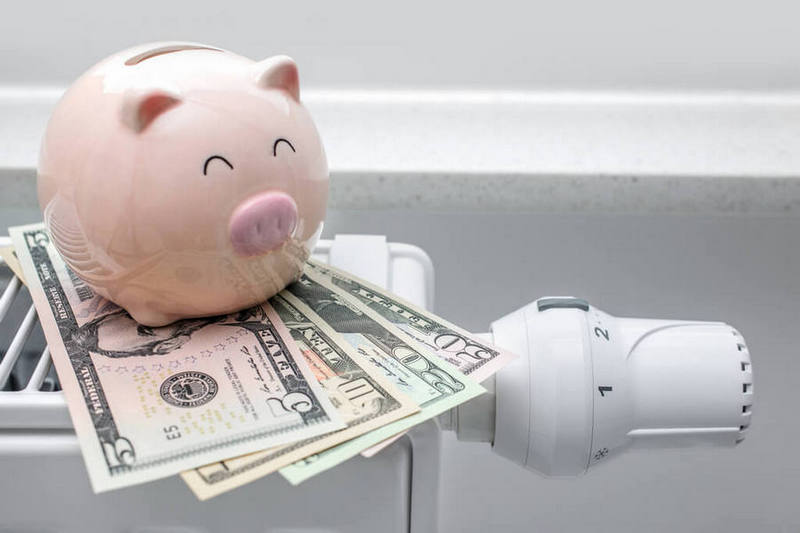
While electric heaters are a costly investment, their efficiency makes them very desirable. By following these tips, you could control your energy consumption and make electric heating affordable.
Climate
The first point to understand is the climate of your location. A few degrees change could have a severe effect on your energy consumption.
Analyze the environment to know what are the best heat temperature settings for you. If your climate does not require you to have the highest temperature, then lower it down. It could have a sizable effect.
Insulation
If you have old insulation in your house, you should consider stepping up to more modern techniques and materials. A lack of proper insulation could result in higher heat losses. Your heaters will have to work overtime to heat your house, to cater to the heat loss. It could raise your energy costs a lot. By investing in modern insulation materials, you could preserve the house’s thermal zone. Better insulation could make your heaters much more efficient.
Lifestyle
Your lifestyle can have a significant effect on energy consumption costs. It would do you good to sync your lifestyle with the timings of your heaters.
For example, if you are a working couple, you don’t need the heater to work all the time. You may only require it in the evening when you return home. Timing your heater to your activities in the house could have a considerable effect on the energy costs.
Room Requirement
Most of the time, the heaters run on full wattage or not enough wattage to warm the room. The next important step is to understand the amount of heating your space requires.
It would help if you calculated the wattage of your rooms. If the wattage you have figured matches the wattage of your heater, then you’re good to go. If not, you might think of investing in a new heater that is much more suited to your needs.
Invest in Efficient Heaters
The introduction of new electric heaters with better technology is rising with each passing day. Most of them have interesting and useful functions that could help you cut your energy costs and heat losses. It would be best if you considered investing in a heater that has:
- Active heating controls that help you set your heater to the perfect settings according to the room
- Flexible programming so you can schedule your heating according to your need
- Built-in energy monitor, so you can keep an eye on the consumed energy
- Open window detection, so you can ensure that there are no useless heat losses
Thermal Storage Heaters
As we’ve discussed in the types of electric heaters, thermal storage heaters can store energy. During the nighttime, when the costs are low, the heater reserves energy. It ensures your heater does not have to use the power during peak demand hours.
Investing in thermal storage heaters will make a considerable dent in your energy costs.
Conclusion
Electric resistance heating is more sustainable and efficient than other combustible heating types. Its only drawback is the energy consumption costs. If the manufacturers can somehow lower the costs, it could revolutionize the heating industry.
On the other, following our tips, you could cut back on your expenses. All you have to do is manage the timings, the temperature, and make sure there are minimum heat losses in your house, and you’re good to go!

